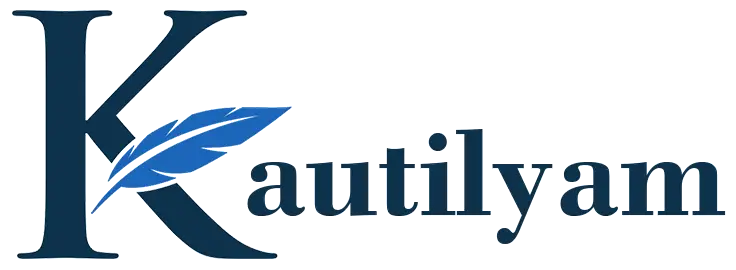Building Real-Time Applications with .NET and SignalR
1. What is SignalR and Why Use It?
1.1 Persistent Connections Made Simple
Traditionally, maintaining real-time communication required polling or complex WebSocket setups. SignalR provides an abstraction layer over these transports and selects the best available method automatically. This is incredibly useful in modern IT services where teams need scalable, low-latency solutions without the headache of managing sockets manually.
1.2 Ideal for Scalable IT Solutions
SignalR integrates seamlessly with ASP.NET Core and is built for high-throughput messaging. This makes it ideal for use in cloud computing environments and enterprise-grade IT consulting projects where scaling horizontally with minimal friction is critical.
2. Use Cases for SignalR in Real-Time Apps
2.1 Real-Time Dashboards and Notifications
SignalR is widely adopted in software development projects for creating real-time dashboards—like stock tickers, live sports scores, or IoT monitoring systems. IT teams can push updates to thousands of clients simultaneously, ensuring they always see the most current data.
3.2 Secure Communication for Enterprise Tools
Security-focused teams in network security and data security use SignalR to deliver secure, real-time alerts, logs, and system monitoring in mission-critical environments. Combined with encrypted connections and user authentication, it supports enterprise-grade implementations.
3. Seamless Integration with ASP.NET Core
3.1 Middleware Friendly Architecture
With ASP.NET Core’s modular pipeline, SignalR acts like any other service. You can inject it into controllers, services, or middleware. This compatibility speeds up IT consulting projects and reduces integration overhead when building custom platforms or internal tools.
3.2 Dependency Injection and Configuration
SignalR services integrate with .NET’s native dependency injection system, allowing clean service registration and interface abstraction. This is essential in large-scale managed IT services projects, where modularity and maintainability are key for future updates and testing.
4. Transport Mechanisms: WebSockets, SSE, and Long Polling
4.1 WebSockets First
If the client and server support WebSockets, SignalR defaults to them for performance. This makes it perfect for IT solutions in high-speed environments like gaming or financial tech, where latency can directly affect user experience.
4.2 Automatic Fallbacks
SignalR will gracefully fallback to Server-Sent Events or Long Polling if WebSockets aren’t available. This flexibility makes it a smart choice for diverse IT support scenarios, especially where network environments are unpredictable or firewalls are strict.
5. Authentication and Authorization in SignalR
5.1 Token-Based Authentication
SignalR supports authentication using access tokens, making it easy to integrate with identity providers like Azure AD or OAuth2. In cybersecurity-sensitive environments, token-based authentication ensures encrypted and authenticated client connections.
5.1 Per-User Communication
Developers can target messages to individual users or groups using ClaimsPrincipal data. This allows data security compliance by ensuring information is sent only to authorized recipients, supporting standards like GDPR or HIPAA in enterprise applications.
6. Scaling with Redis and Azure SignalR Service
6.1 Redis Backplane
The Redis backplane lets you sync SignalR messages across servers in a load-balanced environment. This is especially useful in cloud computing applications where user sessions are distributed across a cluster of services.
6.2 Azure SignalR Service
Microsoft’s managed SignalR Service takes scaling off your plate. It handles connection management and automatically distributes messages, perfect for enterprise IT solutions where reliability and speed are mission-critical.
7. Development and Debugging Best Practices
7.1 Structured Logging and Diagnostics
Use .NET’s built-in logging frameworks to monitor connections, dropped messages, or transport failures. In IT services environments where uptime is essential, structured logging helps quickly identify and resolve anomalies.
7.2 Integration with Monitoring Tools
SignalR apps integrate easily with tools like Application Insights or Prometheus. This level of visibility is essential for IT support and DevOps teams to ensure real-time channels are healthy and performing optimally around the clock.



